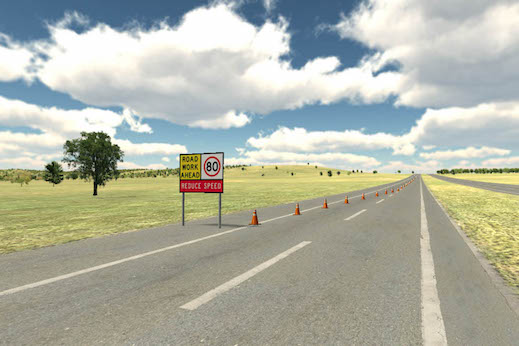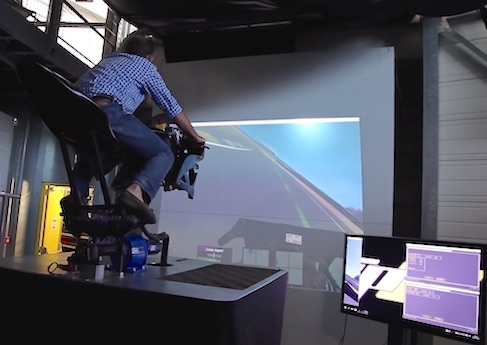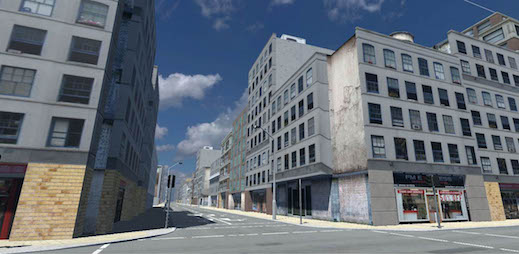An Australian computer games production company hoping to develop a Motorcycle Accident Avoidance Training Simulator has pulled the plug after hitting a funding wall.
Podium Entertainment managing director Chris Wise says he spent more than six months of “going around in circles”.
“There appears to be lots of talk about improving motorcycle safety, but when it comes to actually funding it, there’s no money available,” he says.

“I’ve also discovered that some institutions see no significant advantages to simulators as being an effective means to teach and retain real-world skills, arguing that skills learned in any type of performance enhancing program are easily forgotten unless you have the availability for ongoing practice.”
He says their 3D interactive program would challenge motorcycle riders with a range of potentially dangerous scenarios, how to deal with them and how to avoid them in future instances.
Chris says their transportable simulator could have been used in schools and places where riders gather.
It would have used the latest 3D technology with the Oculus Rift VR headset.
Chris was hoping to fund the project via a combination of sponsorship and Government grant contributions, and then provide the simulator to the Australian public free of charge.
He says Queensland Transport wanted to seek federal funding as the project would benefit riders Australia-wide.
However, to access federal funding, they had to provide research into the effectiveness of a motorcycle simulator, which is why Chris needed the funding in the first place!
“It ended up as a chicken-or-the-egg scenario,” he says.
“It’s a real shame because we have world-class tech ready to go,” he says. (See the video at the top of the page.)
Chris also had a lot of interest from CARRS-Q at the Queensland University of Technology but ran into more funding barriers.
“Motorcycle research is a high priority for CARRS-Q, but they don’t have the funding necessary to do what they’d like to do,” Chris says.
“However their involvement would be purely for research and to add credibility to the project – we don’t actually need their help to develop the simulator.”
CARRS-Q research associate Dr Ross Blackman says the project “looks interesting”.
“The MSF (Motorcycle Safety Foundation) in the US were using one for training which I had a run on in 2013,” he says.
“I thought it may have had some value for teaching awareness, hazard perception etc, but it was limited. It was portable with essential controls such as handlebar, gears, throttle, brakes etc, though used a small screen only and not 3D.
“It seems that Podium’s project is more sophisticated. I hope they can make it work.”
CARRS-Q also says they have another prospect looking at developing a motorcycle simulator.
The Sunshine Coast-based Podium Entertainment developed a high-tech immersive 3D driving simulator for the University of the Sunshine Coast and RACQ Insurance for research into road rage. The simulation images in this article come from that project.
Chris says he used to ride until he got married and is now a “huge motorsports fan” who also wants to create an accurate Isle of Man TT simulator, which would involve laser scanning the entire 60km circuit.
If you are interested in helping Chris and his team fund the Motorcycle Accident Avoidance Training Simulator, he can be contacted via email.
Meanwhile, if you want to increase your riding skills apparently you should play video games for about five hours a day!
According to a joint study by the University of Hong Kong and New York University Shanghai, playing video games that long will improve your “visuomotor control skills” or the ability to synchronise visual information with physical movement.
We’re not much on playing video games and certainly wouldn’t waste five hours a day playing them. We reckon nothing beats getting out there and riding!




